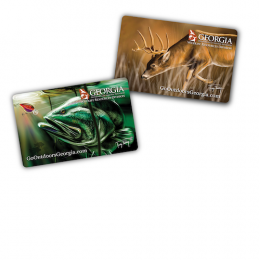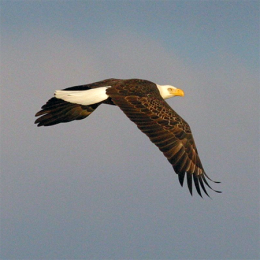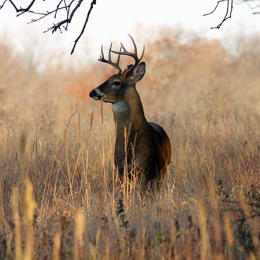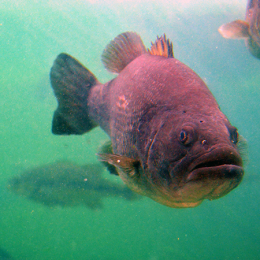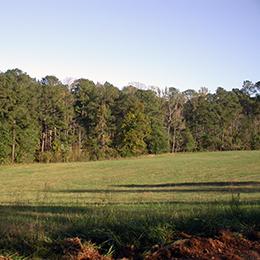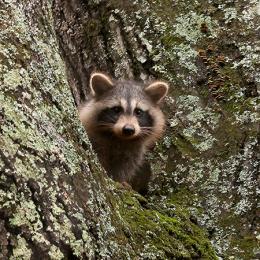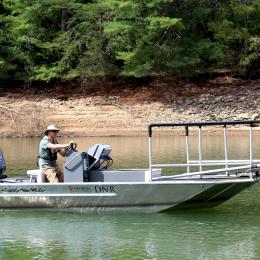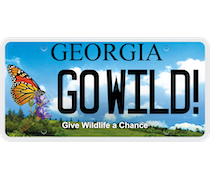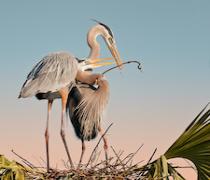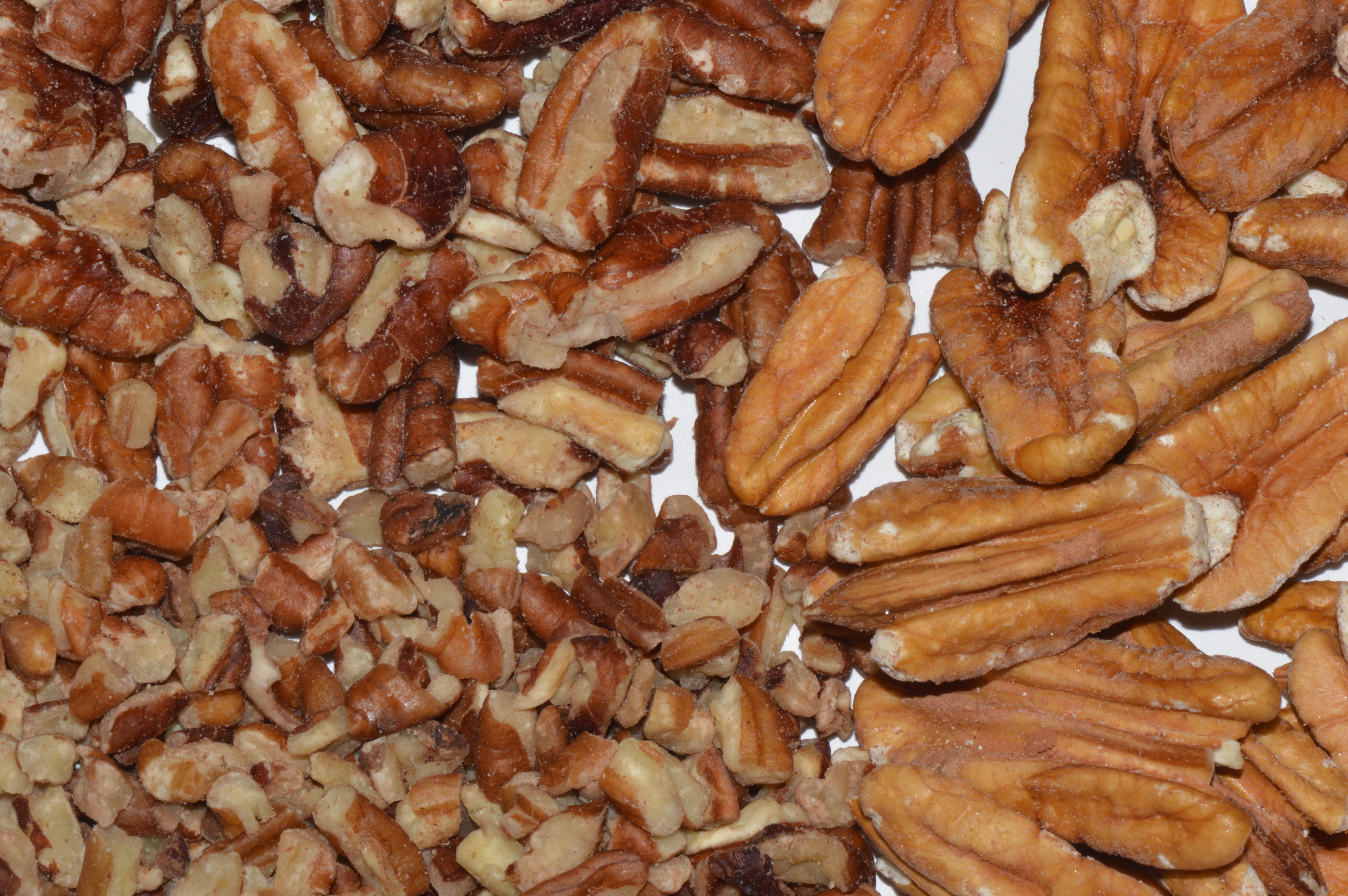
Pecan chips and halves (Terry W. Johnson)
By Terry W. Johnson
We Georgians love our pecans. In addition to simply cracking them open and enjoying their delicious nutmeats, we use them in scores of mouth-watering dishes such as cakes, cookies, casseroles, pies, salads, candies and stuffing. In fact, I cannot think of a dish containing pecans that I do not like.
That being said, it is a largely unappreciated fact that birds love 'em, too.
Feeding birds is, of course, extremely popular. This pastime is second only to gardening in popularity among Americans. More than 57 million household in the U.S. feed birds. In an effort to attract birds to our backyards, we spend $14 million dollars a year just to buy birdseed. This amounts to the average household spending $39.50. But the truth of the matter is that untold numbers of folks literally spend hundreds of dollars on bird seed alone.
And this is where pecans come in. These nuts deserve a place alongside the traditional menu of delicacies – such as mixed and sunflower seeds and suet – we offer the feathered regulars at our backyard bird diners. Since pecan meats are loaded with fat, they provide a great source energy. Birds especially need fat-rich foods during the throes of winter when an abundance of nourishing food is required to fuel their bodies during the year’s coldest and most stressful season.
Over the years, bird enthusiasts have fed wild birds a number of nuts without knowing which the animals prefer. Yet decades ago, University of Georgia researchers conducted a study to determine which nuts are favored by wild birds. The study area was the home of the Georgia Bulldogs (that is, in and around Athens). After the data were analyzed, it was found that black walnuts were preferred over other nuts tested. However, pecans rated the second-most favored nut.
In spite of the fact that feeder birds relish them, pecans are rarely mentioned in books dedicated to bird feeding. Consequently, I am convinced pecans are one of the most underrated wild bird foods.
Years ago, I unexpectedly learned how some wild birds are extremely fond of pecans. On the way to work I would pass an abandoned school building. A large pecan tree stood at one corner of the schoolyard. Long after the school closed each fall, the tree dropped nuts onto the nearby highway. Most of these pecans were crushed by passing cars.
One winter day as I was driving down U.S. 41 I spotted pine siskins risking their lives trying to land in the busy highway to eat bits and pieces of pecans strewn across the roadway. Sadly, the school and the old pecan tree are gone: however, the memory of the siskins eating the crushed pecan meats still lingers in my mind.
There are a number of ways in which pecans can be fed to birds in backyard settings. Whole pecans can either be scattered on the ground or placed in platform feeders. But I would not recommend this approach because it has been my experience that this attracts gray squirrels. If you crack the nuts before you put them out, small birds will pick out pieces of nutmeats.
Most folks prefer to either crush pecan meats into small pieces or buy nutmeats that have already been crushed. Crushed pecans can be purchased at businesses that specialize in birding supplies as well as at grocery stores.
You can also offer suet cakes laced with pecan meat pieces. These cakes can be bought or easily made in your kitchen.
As you probably already know, pecans will get rancid if they are not properly stored. This is especially a problem in warm weather. With that in mind, it is always a good idea to store your supply of pecan meats in a freezer until you are ready to use them.
If you offer pecans to your feathered neighbors, the birds most likely to dine of them are woodpeckers, Carolina chickadees, blue jays, nuthatches, cardinals, American goldfinches, pine siskins, pine and yellow-rumped warblers, mockingbirds, bluebirds, Carolina wrens and chipping, song and white-throated sparrows.
Since Georgia holds the title as being the nation's leader in pecan production (some 88 million pounds of nuts are harvested each year), I think it is only fitting that the Peach State should also be recognized as the state that leads in people feeding pecans to wild birds. All it would take is for more of us to realize that pecans are great for people and birds.
I pledge to do all I can to reach that goal, and hope you will, too.
Terry W. Johnson is a retired Georgia DNR program manager and executive director of The Environmental Resources Network, or TERN, the friends group of DNR’s Wildlife Conservation Section. Check out past columns, his Backyard Wildlife Connection blog and his book “A Journey of Discovery: Monroe County Outdoors.” Permission is required to reprint a column.






